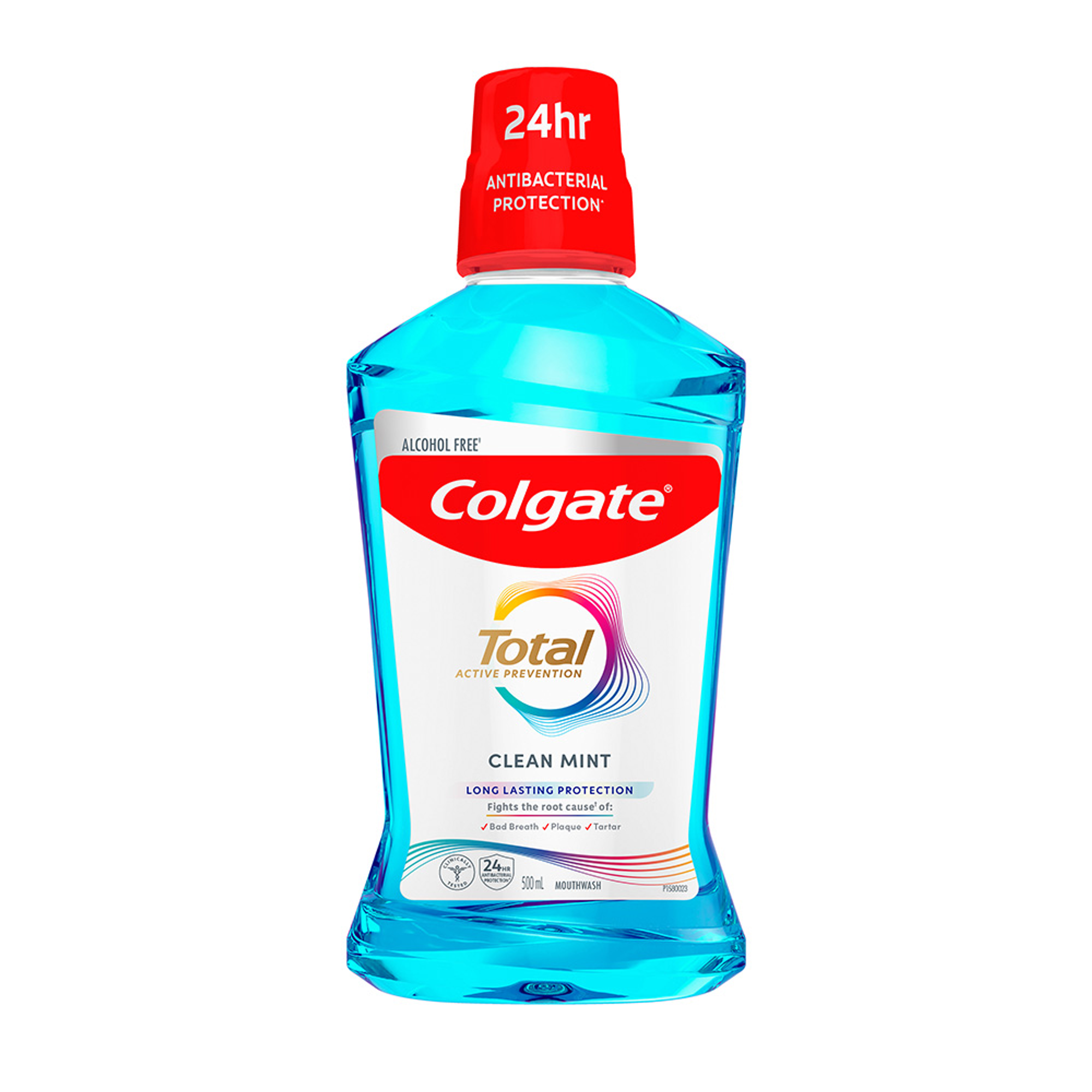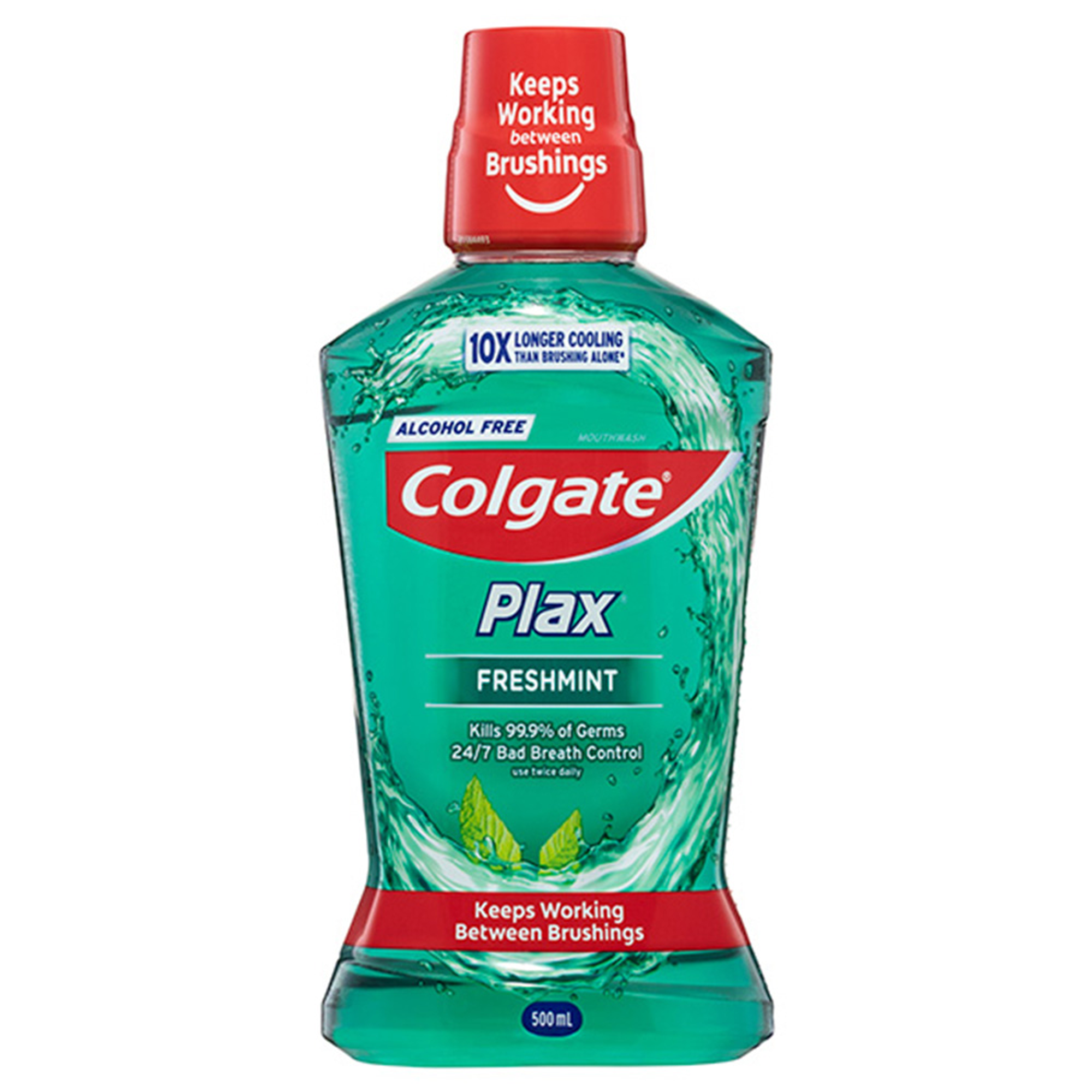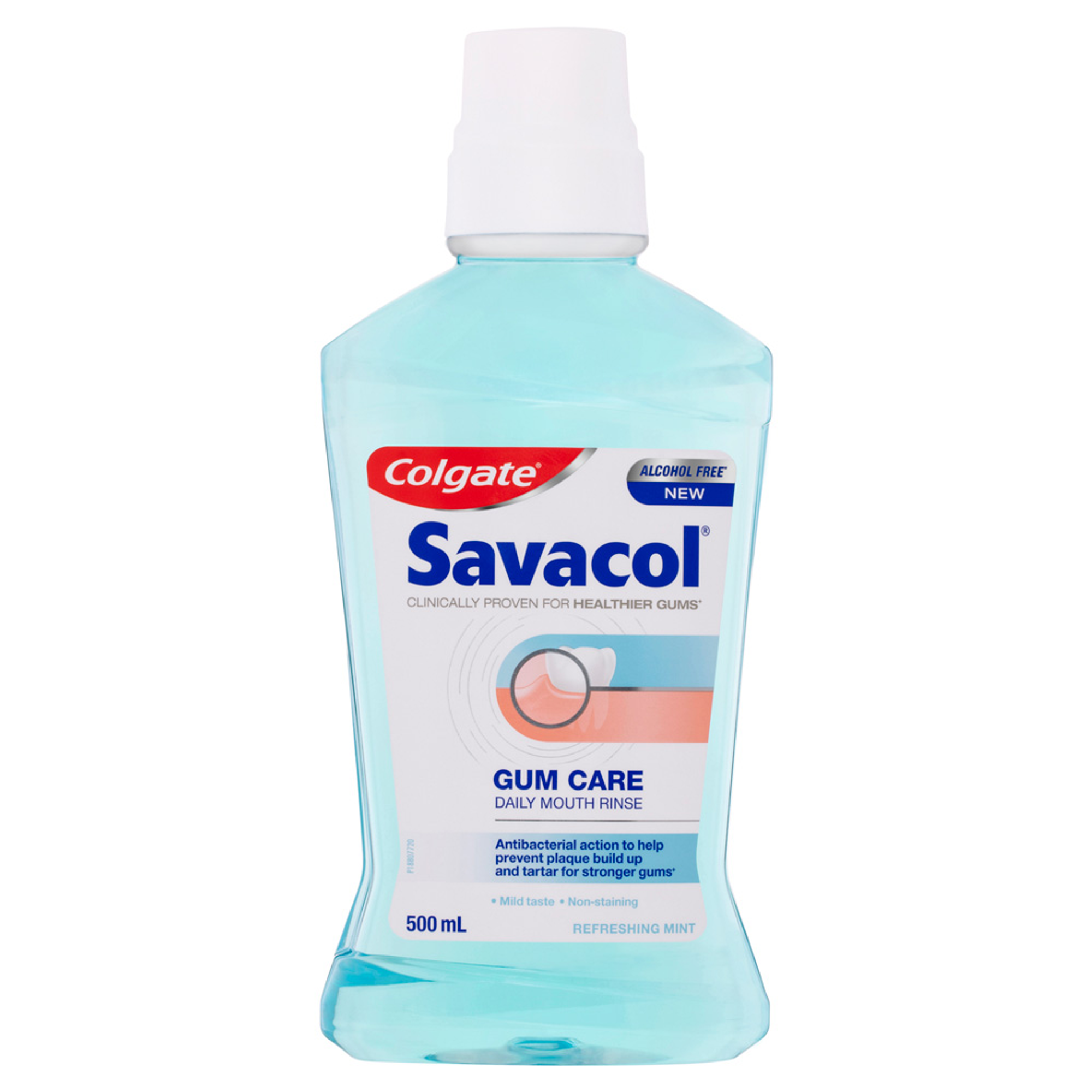
Causes of Xerostomia and the Role of Medications
There are many reasons why dry mouth may occur, including but not limited to medications, autoimmune diseases (e.g., Sjögren’s syndrome), head and neck radiation, chemotherapy, dehydration, smoking and Type 2 diabetes. Medication-induced xerostomia is the most common cause, with hundreds of prescription and over-the-counter medications known to cause the condition. Examples include diuretics, antiseizure drugs, antihypertensives, antidepressants, anxiolytics, antihistamines, antidiarrhoeals, pain medications, decongestants and muscle relaxants.
Effect on Oral Health
Dry mouth puts patients at a greater risk of dental caries, erosion, and other conditions. Saliva has several critical functions, therefore early diagnosis and management of xerostomia is essential in helping to improve the patient’s quality of life and preventing complications.
1. Ask and Identify
Some patients may complain of xerostomia, while others may not. The many potential causes of xerostomia underscore the importance of a thorough medical history, pro-actively asking patients questions during their appointment, and oral examination. An absence of salivary pooling in the floor of the mouth and/or mirrors sticking to a patient’s buccal mucosa is indicative of dry mouth. Other signs that may indicate dry mouth and require further investigation (including different potential causes), are:
- Dry and friable oral mucosa
- Dry and fissured tongue
- Enlarged salivary glands
- Dental caries
- Oral candidiasis
- Mucositis
- Traumatic mucosal lesions
- Angular cheilitis
2. Collaborate
In identifying the causes of xerostomia and developing a treatment plan, it is important to collaborate with other members of the patient’s healthcare team to help ensure a cohesive and effective approach.
3. Relieve Symptoms
To help your patient find relief from the symptoms of dry mouth, you can offer saliva substitutes, artificial saliva products, and oral moisturisers. In addition, patients benefit from oral hygiene, self-care, and dietary advice - this includes drinking plenty of water. Patients should be advised to avoid caffeine, alcohol and smoking, as well chewing sugar free gum. Patients can of course also be referred to specialists as indicated.
4. Protection against Dental Caries
Given the high risk of dental caries in patients with xerostomia, consider recommending a high strength fluoride, for example Neutrafluor 5000 Plus*, which contains 5000 ppm fluoride (1.1% sodium fluoride). You may also consider in-surgery application of 5% sodium fluoride varnish, such as Duraphat Varnish^.
*Neutrafluor 5000 Plus Toothpaste
Sodium Fluoride 11.05mg/g
Dental caries preventative for individuals at high risk for caries, when used as part of a preventative regimen recommended by a dental professional or doctor. Use daily in place of a regular toothpaste. Apply a thin ribbon of toothpaste to soft small toothbrush. Brush teeth thoroughly for 2 minutes and then spit out. For best results, refrain from eating, drinking or rinsing for 30 minutes.
Not for use in patients with known allergies or hypersensitivity to any of the ingredients of Neutrafluor 5000 Plus Allergic reactions have been rarely reported with the use of fluoride toothpastes.
^Duraphat Varnish
Sodium Fluoride 50mg/mL
Prevention of caries. Treatment of sensitive teeth. Not for use in patients with hypersensitivity to any ingredients in Duraphat, ulcerative gingivitis, stomatitis and bronchial asthma. Not for systemic treatment. Do not swallow. 33.8% ethanol content. Avoid use in pregnant or lactating women
Neutrafluor 5000 Plus (Restricted Medicine - NZ). Duraphat Varnish (Prescription Medicine -NZ). Please refer to the full product information before recommending. Available from Colgate-Palmolive upon request. Colgate-Palmolive Pty Ltd. 420 George St, Sydney, NSW AU. Colgate-Palmolive Ltd. 45 Knights Rd, Lower Hutt, NZ
Join us
Get resources, products and helpful information to give your patients a healthier future.
Join us
Get resources, products and helpful information to give your patients a healthier future.











